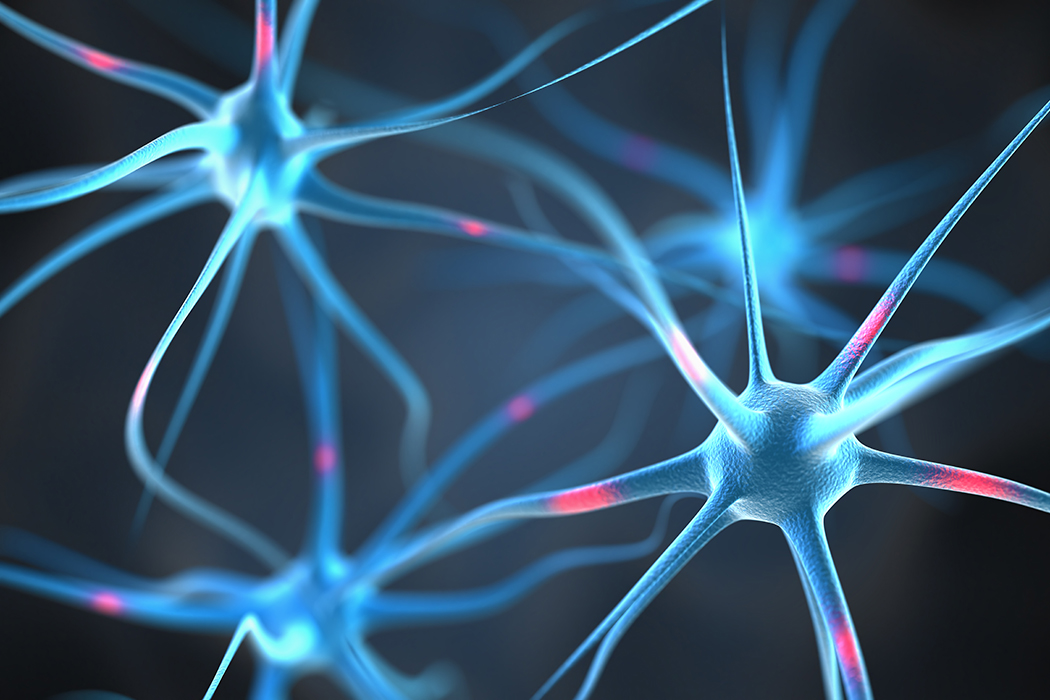Severe asthma is a chronic condition that can have serious health impacts. Though it affects only 5-10% of asthma patients, this small group accounts for nearly 50% of asthma-related healthcare costs. Improving diagnosis and management could significantly enhance their quality of life while reducing overall healthcare expenses.
Over the past few decades, research has shown that imaging techniques can effectively differentiate severe asthma from milder forms. As interest grows in using imaging for diagnosis and monitoring, this article explores its evolving role in asthma care.
What is Asthma?
Asthma is a chronic lung condition that can lead to breathing difficulties. It affects the airways by causing inflammation and narrowing, making it harder for air to flow out of the lungs during exhalation. Asthma can affect people of all ages, but it often starts in childhood.
Symptoms of asthma include:
- Chest tightness
- Shortness of breath
- Wheezing
- Coughing
Understanding Severe Asthma
Severe asthma is the most advanced form of the condition, but it doesn’t refer to a specific type of asthma or biological cause. Rather, it describes patients whose symptoms are hard to control, who never achieve full control, or who require high doses of inhaled or systemic corticosteroids along with an additional medication to manage their condition.
Severe asthma can be life-threatening and is classified as a disability under the Equality Act. While most people with asthma can manage their symptoms using inhalers (either preventer or reliever inhalers), some may require additional support from their GP for better control. In cases of severe asthma, specialised treatments are necessary to manage symptoms and reduce asthma attacks.
Types of Imaging Techniques Used
CT Scans
CT scans are primarily used in asthma to identify complications such as pneumothorax, a rare but serious condition where air leaks into the space between the lung and chest wall. This is especially concerning in status asthmaticus, a severe and life-threatening asthma attack. CT is the best imaging tool for diagnosing pneumothorax, particularly in severe cases or patients on mechanical ventilation. It can also help identify conditions linked to asthma, like allergic bronchopulmonary aspergillosis and eosinophilic pneumonia.
Studies on CT scans of severe asthmatics have shown airway changes like bronchiectasis (damaged airways) and thickened airway walls, which may contribute to worse lung function. More recent research focuses on quantitative CT analysis, which measures airway wall thickness and narrowing to better understand disease severity. Findings suggest that increased airway wall thickness percentage correlates with worse lung function and may indicate airway remodelling (permanent structural changes). Some studies also suggest that focal airway narrowing (stenosis) may be a feature of severe asthma, but further research is needed.
Limitations of CT Imaging
CT scans can provide helpful information about asthma, but the results can vary between studies due to differences in patient groups and scanning methods. For example, some studies link certain airway measurements to asthma symptoms, while others do not. The thickness of the airway wall may also be more closely related to lung function than other measurements.
While CT can’t capture small airways well, it can detect air trapping, where parts of the lung hold on to air. Severe asthma patients tend to have more air trapping than those with mild asthma or healthy individuals. By studying these patterns, researchers have identified different asthma subtypes, which may help improve treatments.
CT scans also help assess regional lung ventilation, an important factor in asthma. Xenon-enhanced CT, a specialised technique, offers a clearer view, but more research is needed to understand its full role in diagnosing and treating severe asthma.
Chest Radiography
Chest radiography is the initial imaging evaluation in most individuals with symptoms of asthma. Chest radiography reveals complications or alternative causes of wheezing in the diagnosis of asthma and its exacerbations.
Chest X-rays aren’t typically used to diagnose asthma by themselves, but they may be ordered in certain situations, such as:
- To identify causes of severe asthma symptoms that don’t improve with treatment
- To help diagnose pneumonia as the cause of an asthma attack
- To evaluate symptoms before diagnosing asthma in children under 5 years old
A chest X-ray gives doctors basic images of the lungs and airways. It can also help them detect a pneumothorax and diagnose other conditions like heart failure.
A recent study found that pneumothorax and pneumomediastinum (air in the space around the heart) are the most serious complications of asthma. The rate of pneumothorax in patients hospitalised for severe asthma is between 0.5% and 2.5%. However, in one study, it was the direct cause of death in 27% of patients who died from an asthma attack.
While there is some disagreement about how good chest X-rays are at detecting pneumothorax, they are still very useful, especially for larger pneumothoraces.
MRI Scans
Although mainly used in research, magnetic resonance imaging (MRI) offers several potential benefits for imaging severe asthma. Its key advantage is the ability to visualise the regional distribution of ventilation defects across the entire lung.
This is especially true for MRI using hyperpolarised gases like helium-3 or xenon-129. Studies have found that these ventilation defects are linked to worse lung function (lower FEV1/FVC ratios), greater airway sensitivity to methacholine, and higher exhaled nitric oxide levels in adults. In children, they are associated with higher corticosteroid use, lower FEV1/FVC ratios, and poorer asthma control scores.
Limitations of MRI
The main limitation of MRI for severe asthma patients is that the inhaled gas (typically a helium-nitrogen mix) temporarily replaces the air in the lungs and lacks oxygen. While this can cause a drop in oxygen levels (though typically not below 90%), researchers are developing oxygen-enhanced MRI to address this issue. Another challenge is that patients must hold their breath for up to 20 seconds, which can be hard for those with severe asthma.
Hyperpolarised MRI also has limitations. It requires special gas mixtures approved only for research purposes, and it doesn’t provide detailed anatomical images. To get clearer results, researchers often combine it with regular MRI or CT scans and are exploring other MRI techniques.
This combined approach has linked ventilation defects on MRI with airway changes on CT scans. It also reveals that asthma patients can experience both short-term and long-term ventilation issues, with more lung involvement correlating to worse lung function (lower FEV1/FVC ratio).
MRI’s ability to track these ventilation changes could be especially useful for severe asthma patients who need treatments like bronchial thermoplasty. A small study showed that these patients had more lung defects than healthy individuals, but their condition improved over time after treatment, suggesting MRI could be valuable for monitoring treatment effectiveness.
Final Thoughts on Asthma Imaging
Imaging techniques like chest X-rays, CT scans, and MRIs play a key role in evaluating severe asthma, primarily by detecting complications such as pneumothorax. Meanwhile, advanced research methods, including quantitative airway measurements, are becoming increasingly promising. As technology advances and automated analysis improves, these techniques could soon be integrated into routine clinical care, providing deeper insights into asthma severity and treatment effectiveness.
At Simbec-Orion, we offer expertise in respiratory clinical research, with a flexible, tailored approach and specialised knowledge to meet the unique needs of our clients. Contact us today to learn more about how we can help.






